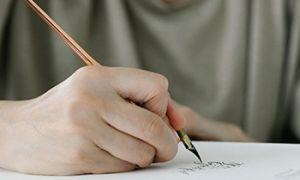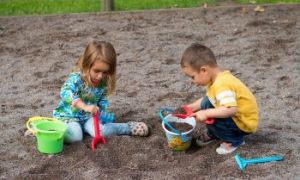A: Yes, Transition to School Statements are highly beneficial and increasingly considered necessary in Australia. While not legally mandated nationwide, they are strongly encouraged by state education departments to support continuity of learning and emotional well-being during the move from early childhood education to school.
What Are Transition to School Statements?
These are structured documents completed by early childhood educators that:
- Summarize a child’s learning, strengths, interests, and developmental progress
- Share strategies that support the child’s well-being and engagement
- Help schools understand the child’s context, including family insights and cultural background
They align with the Early Years Learning Framework (EYLF) and support a smooth, respectful transition into formal schooling.
Why Are They Considered Necessary?
According to the NSW and Victorian Departments of Education:
- Continuity of learning: Statements help schools build on what children already know and can do
- Emotional safety: They reduce anxiety for children and families by ensuring schools are prepared to meet individual needs
- Inclusive practice: They highlight strengths and support strategies for children with learning difficulties or diverse backgrounds
- Collaboration: They foster communication between early childhood services, families, and schools
Are They Mandatory?
- NSW & VIC: Strongly encouraged and supported with templates and guides
- Nationally: Not legally required, but widely adopted as best practice
- Services: May choose to complete them for all children or based on family consent
Transition To School Statement Template
This template provides details on the child's interests, strengths, preferred learning methods, and more prior to starting school. The purpose of this transition statement is for educators to share their knowledge of the child with the schoolteacher in order to gain a better understanding on the best way to assist the child to transition from an early childhood setting to a primary school.
Download here: Transition To School Statement Template
Further Reading
Practical Examples For Writing Transition Statements
Transition To School Statements
Supporting Children's Transition To School
Writing Transition Statements In Childcare
School Readiness Checklist Aligned To EYLF Outcomes
Writing Prompts For Evaluations, Reflections and Children


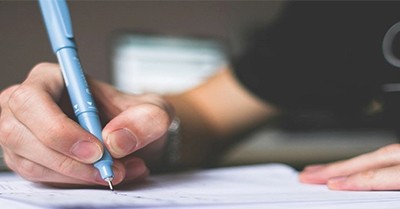

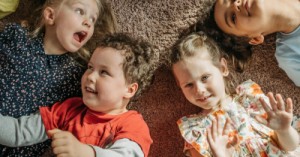
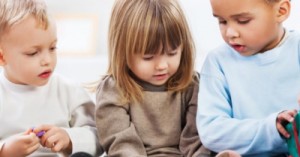

 Here is the list of the EYLF Learning Outcomes that you can use as a guide or reference for your documentation and planning. The EYLF
Here is the list of the EYLF Learning Outcomes that you can use as a guide or reference for your documentation and planning. The EYLF The EYLF is a guide which consists of Principles, Practices and 5 main Learning Outcomes along with each of their sub outcomes, based on identity,
The EYLF is a guide which consists of Principles, Practices and 5 main Learning Outcomes along with each of their sub outcomes, based on identity, This is a guide on How to Write a Learning Story. It provides information on What Is A Learning Story, Writing A Learning Story, Sample
This is a guide on How to Write a Learning Story. It provides information on What Is A Learning Story, Writing A Learning Story, Sample One of the most important types of documentation methods that educators needs to be familiar with are “observations”. Observations are crucial for all early childhood
One of the most important types of documentation methods that educators needs to be familiar with are “observations”. Observations are crucial for all early childhood To support children achieve learning outcomes from the EYLF Framework, the following list gives educators examples of how to promote children's learning in each individual
To support children achieve learning outcomes from the EYLF Framework, the following list gives educators examples of how to promote children's learning in each individual Reflective practice is learning from everyday situations and issues and concerns that arise which form part of our daily routine while working in an early
Reflective practice is learning from everyday situations and issues and concerns that arise which form part of our daily routine while working in an early Within Australia, Programming and Planning is reflected and supported by the Early Years Learning Framework. Educators within early childhood settings, use the EYLF to guide
Within Australia, Programming and Planning is reflected and supported by the Early Years Learning Framework. Educators within early childhood settings, use the EYLF to guide When observing children, it's important that we use a range of different observation methods from running records, learning stories to photographs and work samples. Using
When observing children, it's important that we use a range of different observation methods from running records, learning stories to photographs and work samples. Using This is a guide for educators on what to observe under each sub learning outcome from the EYLF Framework, when a child is engaged in
This is a guide for educators on what to observe under each sub learning outcome from the EYLF Framework, when a child is engaged in The Early Years Learning Framework describes the curriculum as “all the interactions, experiences, activities, routines and events, planned and unplanned, that occur in an environment
The Early Years Learning Framework describes the curriculum as “all the interactions, experiences, activities, routines and events, planned and unplanned, that occur in an environment
